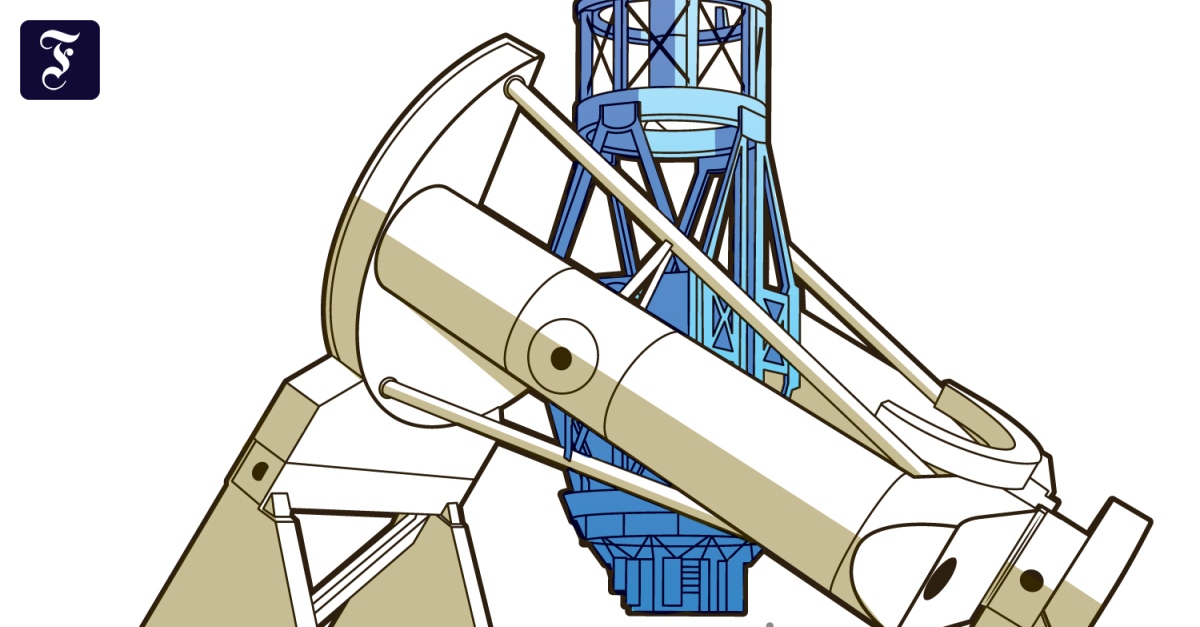The oldest natural science was also the first whose adepts needed really big equipment.
As the above picture gallery of the largest telescopes from five centuries shows, these respective record-breaking instruments have all been about similarly expansive, even if their shape and performance have changed significantly.
The telescope that Galileo Galilei first aimed at the sky in 1609 and ultimately saw the shadows of the mountains on the moon, the phases of Venus and the four largest moons of Jupiter itself was only a few centimeters in diameter.
But after that they doubled the dimensions of the largest astronomical instruments of a time about every thirty years.
However, this is an average.
In fact, the evolution of telescopes and thus their growth in size often happened in spurts.
The Hale 5-meter reflecting telescope on Mount Palomar in California, inaugurated in 1948, remained the largest telescope in the world for 28 years and the most powerful telescope for 45 years.
The first large instrument of a new generation, the two Keck telescopes on Hawaii completed in 1993 and 1996, faced competition after only a few years from the European Very Large Telescope (VLT) on the Chilean Cerro Paranal, which consists of four reflecting telescopes which - like the both Keck telescopes - can also be interconnected.
Since then, the question "which telescope is the largest?" has no longer been easy to answer. However, with the new developments currently under construction or in planning, terrestrial astronomy is again facing a significant leap in size
With the completion of the Extremely Large Telescope (ELT), however - probably at the end of 2027 - there will again be one of the largest telescopes in the world.
The collecting area of its just over 39 meter segmented primary mirror will greatly exceed that of the other two currently planned American-led supertelescopes - the Thirty Meter Telescope in Hawaii or La Palma and the Giant Magellan Telescope in Chile.
However, telescopes are only half the battle in modern astronomy.
Equally important are the digital cameras and spectrographs for analyzing the focused light.
There will be at least eight such devices at the ELT, of which two or three should be ready at "first light".

